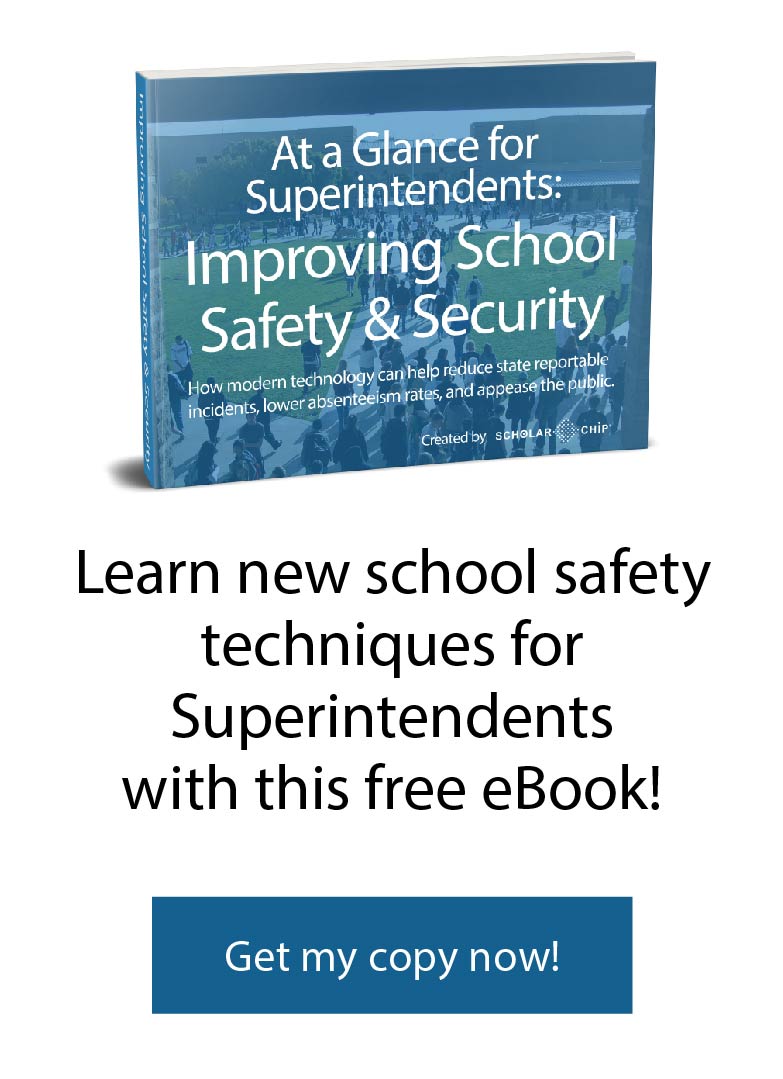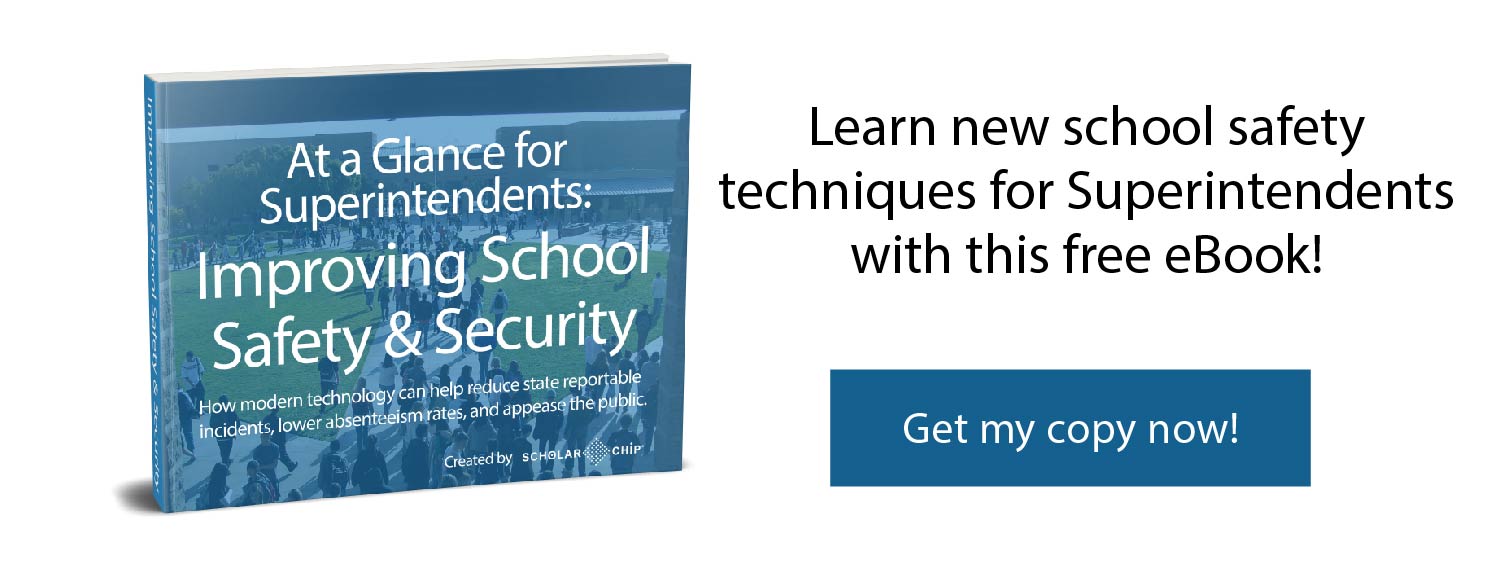The California legislature has passed and revised a number of codes for school safety over the past three decades. Sections 32280-32289 of the education code require districts to develop a Comprehensive School Safety Plan (CSSP) that outlines policies and procedures in response to common safety issues, including violence. Every school, district, or county in California must comply with these legislative mandates and submit them to a district or county office of education by March 1 each year. Then, this administrative office will provide feedback or approve the plan.
However, as these plans are dictated by a number of complex requirements, creating your California school safety policy isn’t straightforward. Instead, districts need to follow a number of specific procedures. To help in this process, the California Department of Education has compiled a “Compliance Tool for a Comprehensive School Safety Plan California Education Code sections 32280–32289” to simplify understanding and adoption of these legislative mandates.
Here, we’ll go over the most significant components of these sections and talk about how you can implement them in your comprehensive school safety plan.
Emergency Preparedness Plans Should Be Detailed
One element your CSSP must include is details about preparing for earthquakes and other natural disasters, including bomb threats, floods, and fires. Features that must be part of the CSSP include disaster routes and routines, along with a school building disaster plan.
Processes for Evacuating Schools Must Be Included
If your school faces an event like an earthquake, bomb threat, flood, or intruder, then you need to have processes in place for evacuating the building. Both students and staff should be trained on what to do in this kind of emergency.
When developing this part of your CSSP, consider how you’ll account for all the students, faculty, and staff. The simplest way is to incorporate digital ID cards for everyone on campus. ScholarChip’s One Card lets you know who is on campus and where they are located by allocating check-in portals throughout campus.
Furthermore, you need to consider accounting for any visitors on campus, like parents and vendors, during an emergency. To account for people who aren’t faculty or students, ScholarChip’s Visitor Management system lets you create temporary badges for campus guests, while also keeping track of who is on campus at all times.
Plans for Protecting Students Against Gun Violence Must Be Incorporated
As gun violence has remained a pressing problem in schools, there’s little surprise that districts should include policies for protecting students against gun violence. The compliance tool gives the following recommendation regarding this requirement:
“Procedures for conducting tactical responses to criminal incidents, including procedures related to individuals with guns on school campuses and at school-related functions must be developed. The procedures to prepare for active shooters or other armed assailants are based on the specific needs and context of each school and community.”
In other words, districts have freedom to develop their own plans as they see fit. However, they must develop these plans and include them in their CSSP.
Policies and Procedures Related to Bullying Must Be Included
Your California school safety policy should have accommodations for dealing with bullying, both in-person bullying and cyberbullying. According to the California Department of Education, “Effective January 1, 2019, Assembly Bill 2291 requires local educational agencies to adopt, on or before December 31, 2019, procedures for prevention of acts of bullying, including cyberbullying.”
As bullying becomes more of an issue for students, California districts need to provide resources, training, and programs to faculty and staff state-wide. One of the tools that can be used to improve bullying and create a healthier atmosphere for students is ScholarChip Alternative Behavior Educator (ABE). This program not only helps faculty and staff track student behavior across classes and years, but it also provides them the necessary tools for helping students choose more positive behaviors.
Schools Should Note Guidelines and Expectations for Mental Health Counselors
In connection with the previous guideline, districts should also outline specific tasks for mental health counselors and related jobs.The roles of community intervention professionals and school resource or officers must be identified. The purpose of this is to “create and maintain positive school climate and mental health protocols for the care of students who have witnessed a violent act at any time.” Ultimately, all these tasks are designed to help schools promote a positive school atmosphere.
California school safety policy has been developed over multiple decades in response to different incidents. While these policies are now more comprehensive, they are also more complex and difficult to implement. In addition to this list, you should review the California Department of Education’s “School Safety Elements and Resources.” If you take apart each section of these policies, you’ll find that making the comprehensive safety plan required is much simpler and more straightforward.
To learn how ScholarChip can help keep your schools safer and more secure, learn more about the many solutions ScholarChip provides, or to get free recommendations, feel free to contact us for a free 1-on-1 consultation today!


